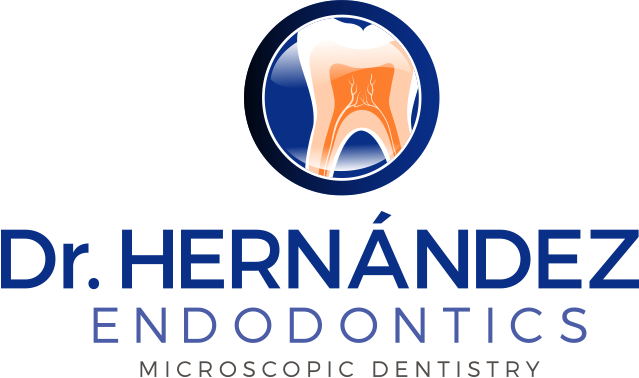Our mission is to provide you with the highest quality endodontic treatment available in a friendly, comfortable and relaxing environment. We believe each patient deserves our focused attention and best efforts to make his/her experience one that stands far above the rest.
Our expert team and staff, led by respected Endodontist, Dr. Roberto Hernández, will ensure that you receive the highest standard of care. Our practice is outfitted with state of the art equipment including dental digital microscopes, digital radiography and 3-D imaging.
We hope that the information provided here answers many of your questions. If you would like additional information, please don’t hesitate to contact us at: (506) 8389-0091. We are committed to exceeding your expectations!









